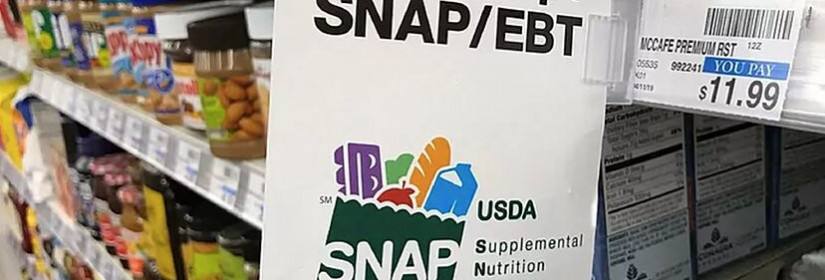Your May 2025 SNAP Guide: Higher Benefits and New Work Requirements Explained

Every year, the Supplemental Nutrition Assistance Program (SNAP) undergoes important updates to eligibility rules, benefit amounts, and budgeting guidelines.
For May 2025, several key changes are in effect, impacting how much assistance families can receive and who qualifies for benefits.
If you or someone you know relies on SNAP, understanding these changes is essential to maintaining access to this vital federal nutrition program.
What Is SNAP and How Does It Work?
SNAP helps low-income individuals and families afford healthy food.
Benefits are distributed via an Electronic Benefits Transfer (EBT) card, which can be used at participating grocery stores and retailers to buy nutritious food essentials.
Each fiscal year, the U.S. Department of Agriculture’s Food and Nutrition Service (FNS) updates benefit amounts and eligibility rules based on the Cost of Living Adjustment (COLA).
The latest adjustments, which started in October 2024, apply throughout fiscal year 2025.
Important Changes to SNAP in 2025
1. Expanded Work Requirements for Able-Bodied Adults Without Dependents (ABAWD)
-
Previously, work requirements applied to those aged 18–50.
-
In 2025, work requirements now extend to age 52, and will further expand to age 54.
-
ABAWD recipients must work or participate in qualifying programs at least 80 hours per month unless exempted.
New exemptions have also been introduced for certain groups, allowing more flexibility for those facing barriers to work.
2. Updated Income Eligibility Thresholds
-
Households must have a gross monthly income below 130% of the federal poverty level to qualify.
-
This helps ensure that assistance goes to those most impacted by economic challenges and rising living costs.
3. Increased Maximum SNAP Allotments
Due to the COLA adjustment, maximum monthly SNAP allotments have risen for most states and territories:
-
1-person household: $292
-
2-person household: $536
-
3-person household: $768
-
4-person household: $975
-
5-person household: $1,158
-
6-person household: $1,390
-
7-person household: $1,536
-
8-person household: $1,756
- ➕ Each additional person: +$220
In Hawaii, the maximum for a family of four decreased slightly to $1,723. In Alaska, the maximum is now $1,258 for a family of four.
The minimum monthly SNAP benefit remains at $23 for the 48 contiguous states and Washington, D.C.
Why These Changes Matter?
The adjustments to SNAP reflect broader efforts to keep pace with inflation and rising food costs while updating work and income standards.
With millions of Americans depending on SNAP to maintain food security, staying informed about eligibility and benefit changes is critical.
Previous article: How to Get $10 Internet with SNAP Benefits: A Guide to Affordable Connectivity
-
Don't miss out on general benefits information!
Subscribe for the latest updates, expert advice, and valuable tips to help you maximize your benefits and financial well-being.
Stay informed—sign up now!












